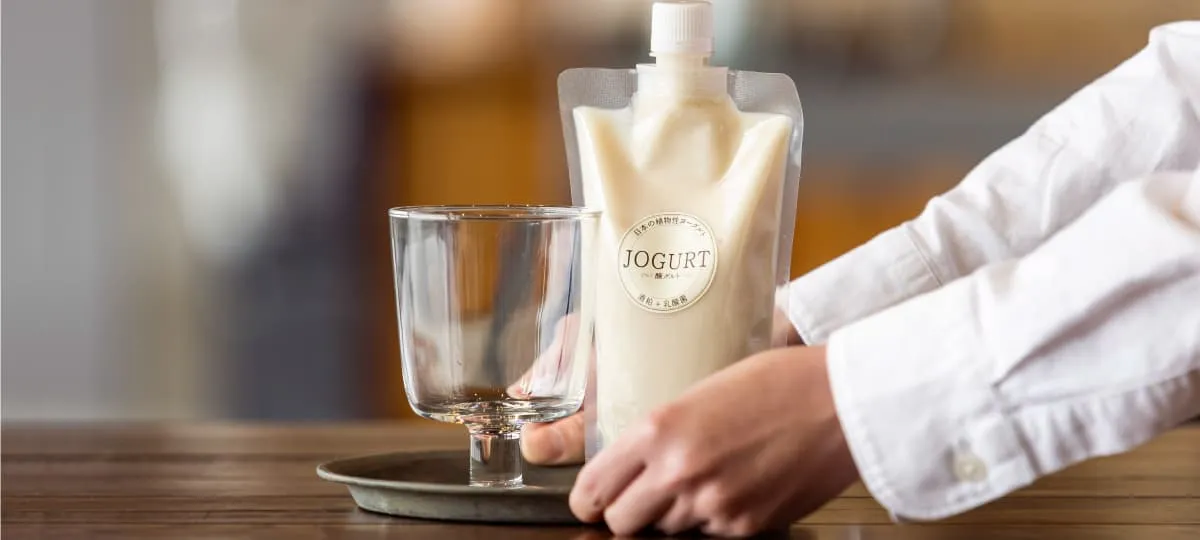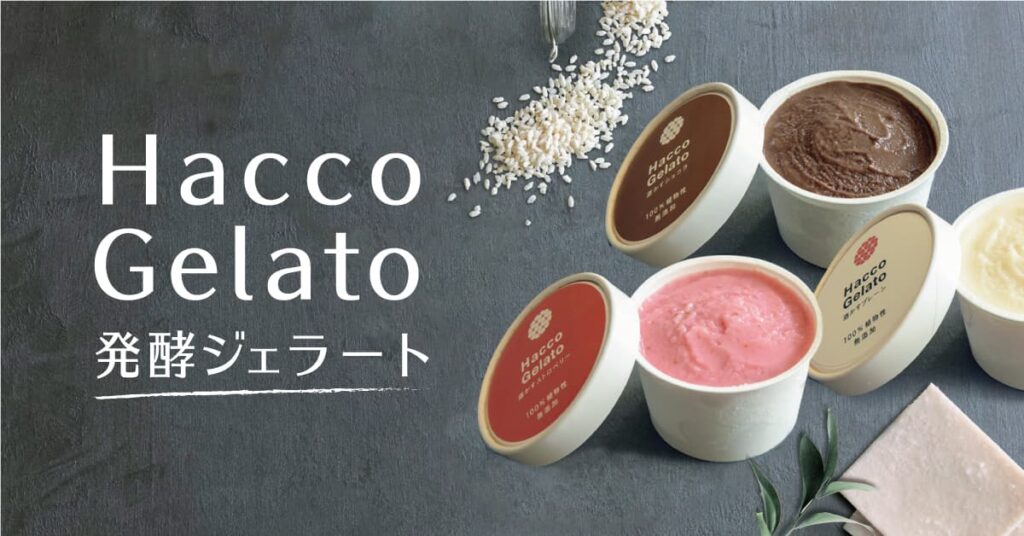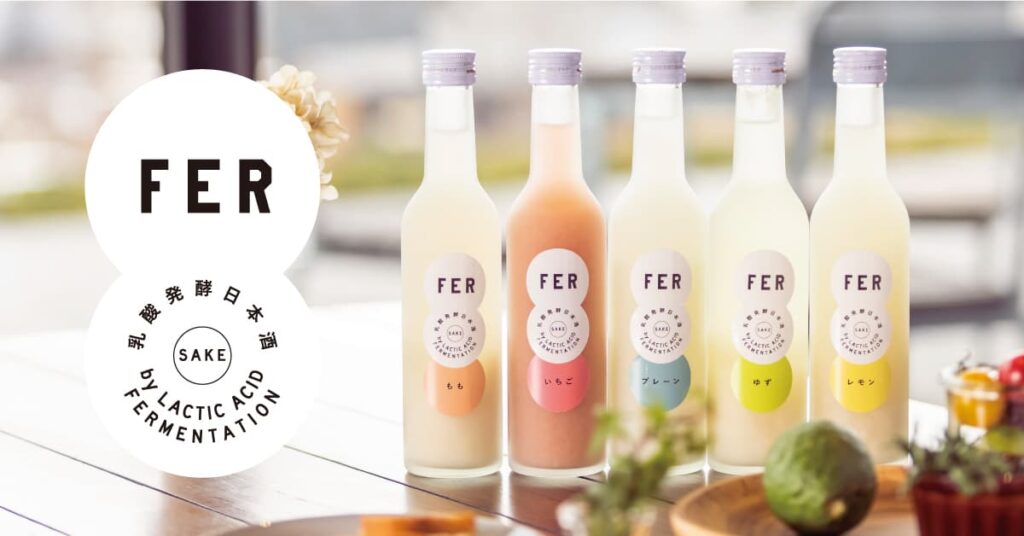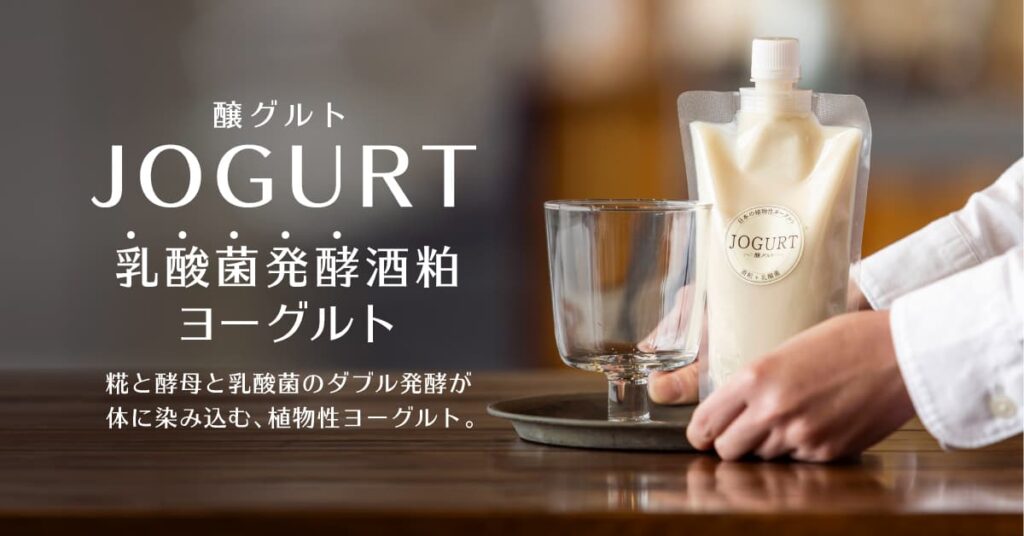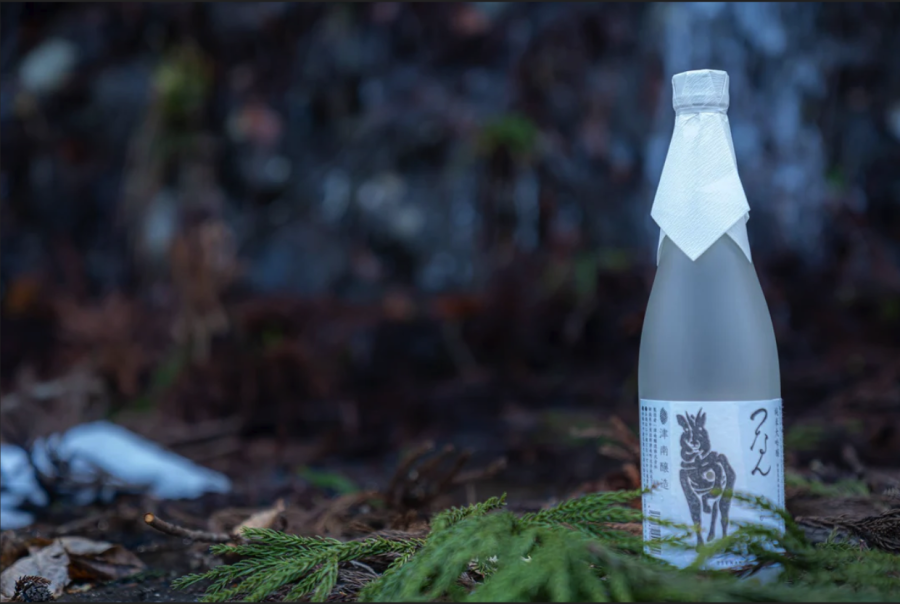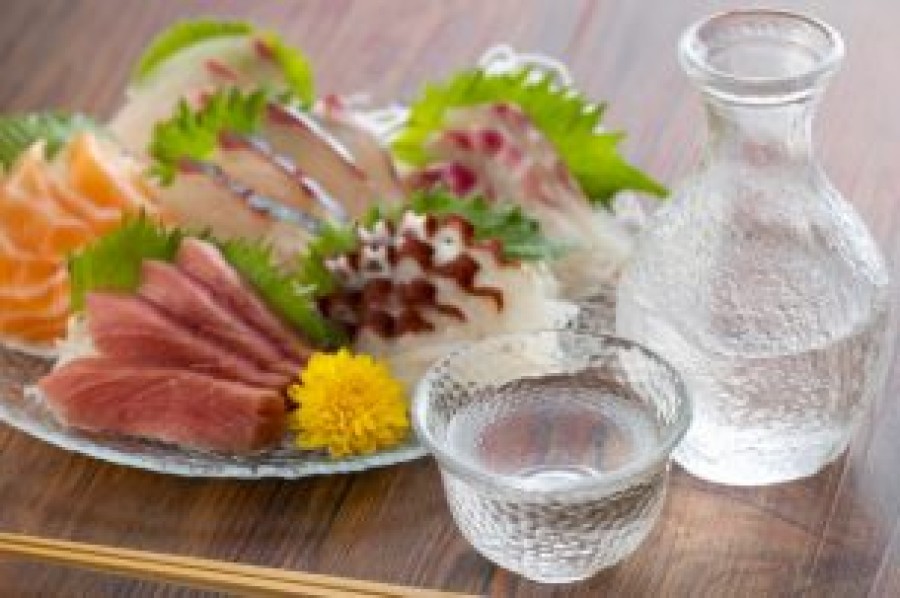One of the key words that women are concerned about is 'blemishes'.
As we get older, it's possible for spots that didn't bother us before to become more noticeable.
The 'koji mold' contained in sake lees can be a strong ally for us. It contains ingredients that can prevent and lighten blemishes!
In this article, we will tell you more about the mechanism of stains, the benefits of koji fungi and how you can take in koji fungi.
What does the human skin structure look like?
First, let's look at how spots form. The skin is divided into three main layers.
(1) The topmost part that touches the skin is the "epidermis" → When it gets old, it peels off as plaque.
(2) Below that is the 'dermis' → collagen, capillaries, sweat-producing tissue, etc.
(iii) Further down is the 'subcutaneous tissue' → mainly fat.
Unlike internal organs, the skin is constantly exposed to the outside world, and sunburn causes cell damage. But sunburn turns white naturally and scars heal before long.
That's because new epidermal cells are born from the dermis, pushing upwards and upwards, pushing off the oldest cells at the top as plaque, and being renewed little by little every day. Human skin is well thought out.
advertisement
What are the mechanisms by which spots form?
Next, let's look at how UV-induced 'spots' form. The types of UV radiation can be broadly divided into
(1) UVA ... Ultraviolet rays that reach deep into cells and cause damage.
(2) UVB: Ultraviolet rays that burn and redden the skin.
The two are. Moreover, they also pass through glass and 90% of the UVA rays that fall on the earth are UVA, so strong UV rays are falling on us all year round, regardless of the season or weather.
However, UVA is said to be less likely to pass through 'black colours'.
Well, ladies and gentlemen.
Can you think of anything that comes to mind when you hear the words 'black colour'?
Yes, it's our natural enemy: stains!
If UVA reaches deep into the cells, the body decides that it is 'dangerous' and tries to prevent too much UVA from entering the body by producing melanin. and tries to prevent UVA from entering the body too deeply by producing melanin. This is the mechanism by which spots form.
Normally, the darkened cells will peel off before long due to 'turnover', but too much daily exposure, ageing and stress can cause areas to remain on the skin indefinitely.
This is the mechanism by which the 'spots' that plague us form.
Kojic acid, a promising whitening agent, fights off blemishes!
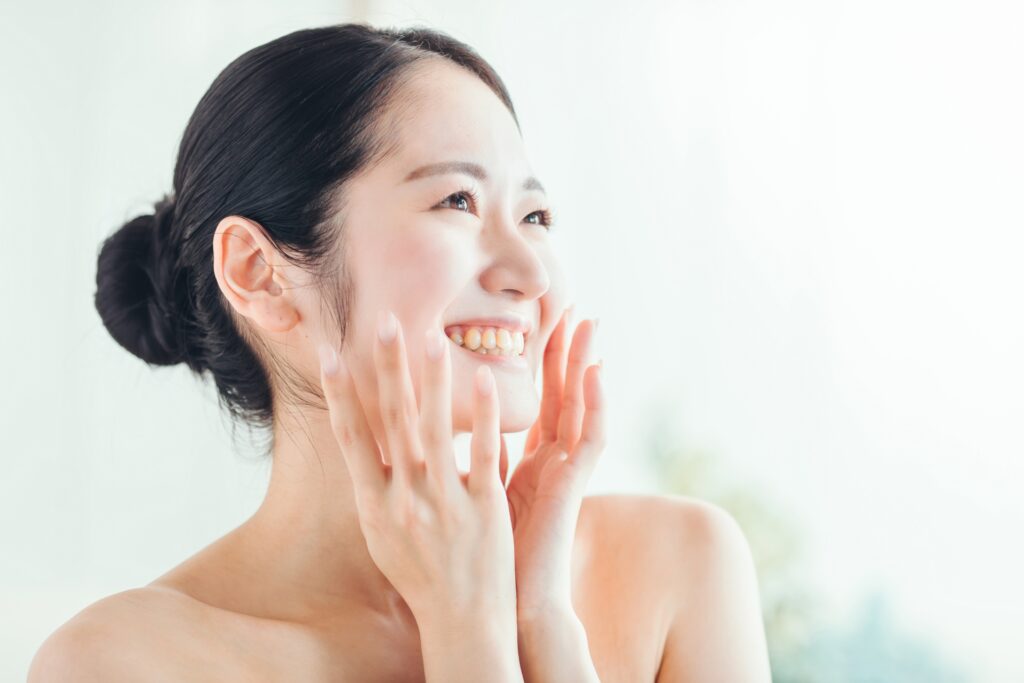
So how can we prevent spots and lighten their pigmentation? There are various measures, such as applying sunscreen and wearing UV-cut clothes, but we will now tell you how to prevent spots using kojic acid, an ingredient found in yeast fungi.
First, let's look at the composition of kojic acid. Sansho Pharmaceuticals defines kojic acid in this way.
Kojic acid is a fermented metabolite produced by sesamum. Sansho Pharmaceuticals discovered its whitening effect and demonstrated its effectiveness in dermatology, and in 1988 it was approved as the first active whitening ingredient after the revision of the Pharmaceutical Affairs Law as a useful ingredient for whitening. Today, it is used in whitening cosmetics at home and abroad and is one of the most famous whitening ingredients in the world.
Research and development report 'Kojic acid' | Delmed https://www.dermed.jp/store/s/technology/kojicacid/
Kojic acid is a globally recognised whitening ingredient.
The research began when we noticed that the hands of the 'toji' (master brewer), who makes the sake, are white and beautiful. The Toji touches koji every day, so there must be a clue in the koji, right? This is why he started his research.
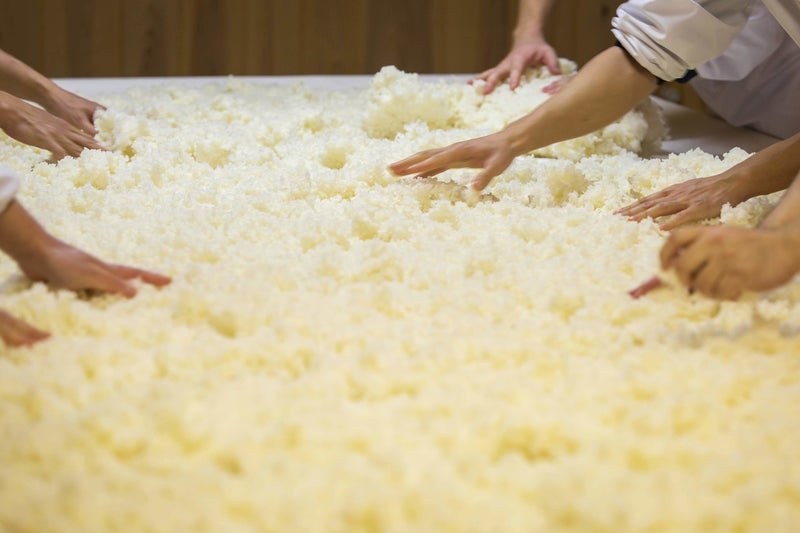
In fact, ' kojic acid' has the following functions
(1) Prevents yellowing (the phenomenon of yellowish ageing of the skin) and makes the skin transparent.
(ii) Has a whitening effect not only on new spots, but also on old spots that are years old.
(iii) It suppresses inflammation that causes skin ageing, such as wrinkles and sagging.
Research and development report "Kojic acid" | Delmed https://www.dermed.jp/store/s/technology/kojicacid/
Among whitening active ingredients, kojic acid, with its small molecules, reliably reaches deep into the skin to suppress melanin production and inflammation. In fact, when black goldfish are made to swim in water in which kojic acid has been dissolved, the black pigment is said to be shed. So it is an ingredient that is expected to have such a solid effect.
How can I incorporatekojic acidinto mydaily life?
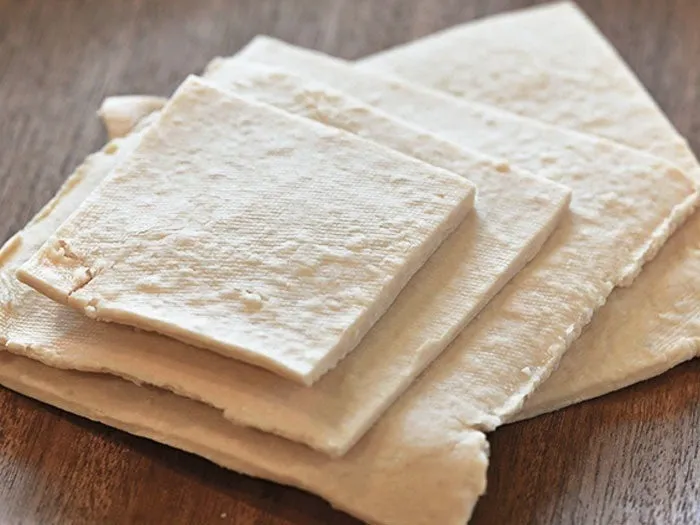
So what are the most efficient means of taking in kojic acid? In this article, we introduce two different methods.
■ Use cosmetics containing kojic acid.
Many lotions containing kojic acid are available in drugstores and on the internet. Moreover, some of them contain ingredients that help the whitening effect of kojic acid, such as salicylic acid (which promotes turnover) and vitamin C derivatives (which help discharge melanin). Buying such products and continuing to use them every day is one means of achieving this.
■ Choose foods containing kojic acid.
Another is to make amazake, sake, doburoku and sake-kasu, which are made from koji, a daily dietary habit. If you can incorporate them into your daily beverages and meals, you can fight blemishes quite easily. Of these ingredients, sake lees is particularly recommended.
The reason for this is that, in addition to kojic acid, it also contains the whitening ingredient arbutin and ferulic acid, which is effective in preventative whitening. It is reassuring if not only kojic acid but also other ingredients are multiplied to promote whitening. In addition, sake lees contains a lot of ingredients that are effective for the body, such as ' instant protein' that activates intestinal movement ,vitamin B group, amino acids and peptides.
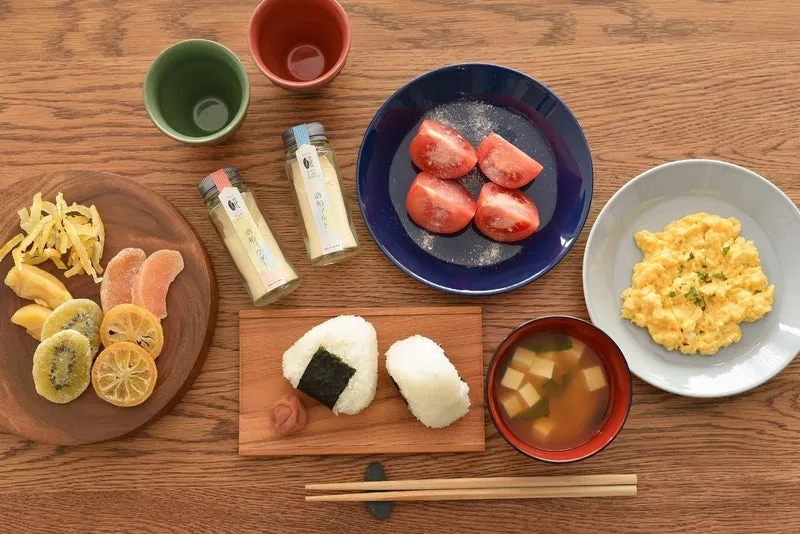
I can't believe that just by taking in sake lees, it's good for whitening, for beautiful skin and for intestinal health. It's quite a pleasant ingredient, isn't it?
Sake lees is a versatile ingredient that can be used in everyday meals and sweets. It can be purchased at supermarkets at affordable prices and should be incorporated into your daily routine.
■ For people who do not like sake lees.
---------- ---
Click here for shop and menu information.
Hacco to go! HP https://haccotogo.com/
Instagram @haccotogo
Twitter @Haccotogo
advertisement



